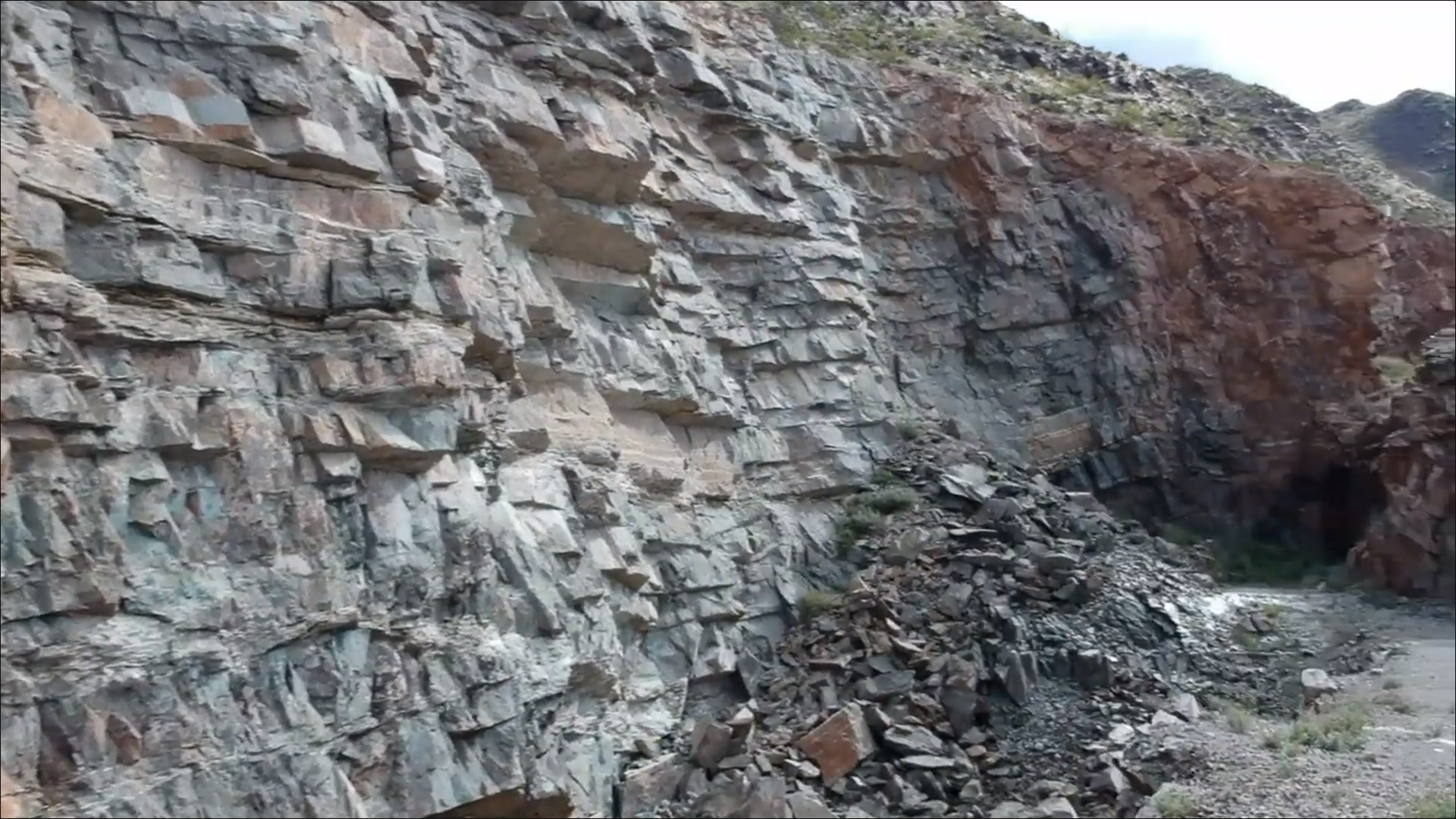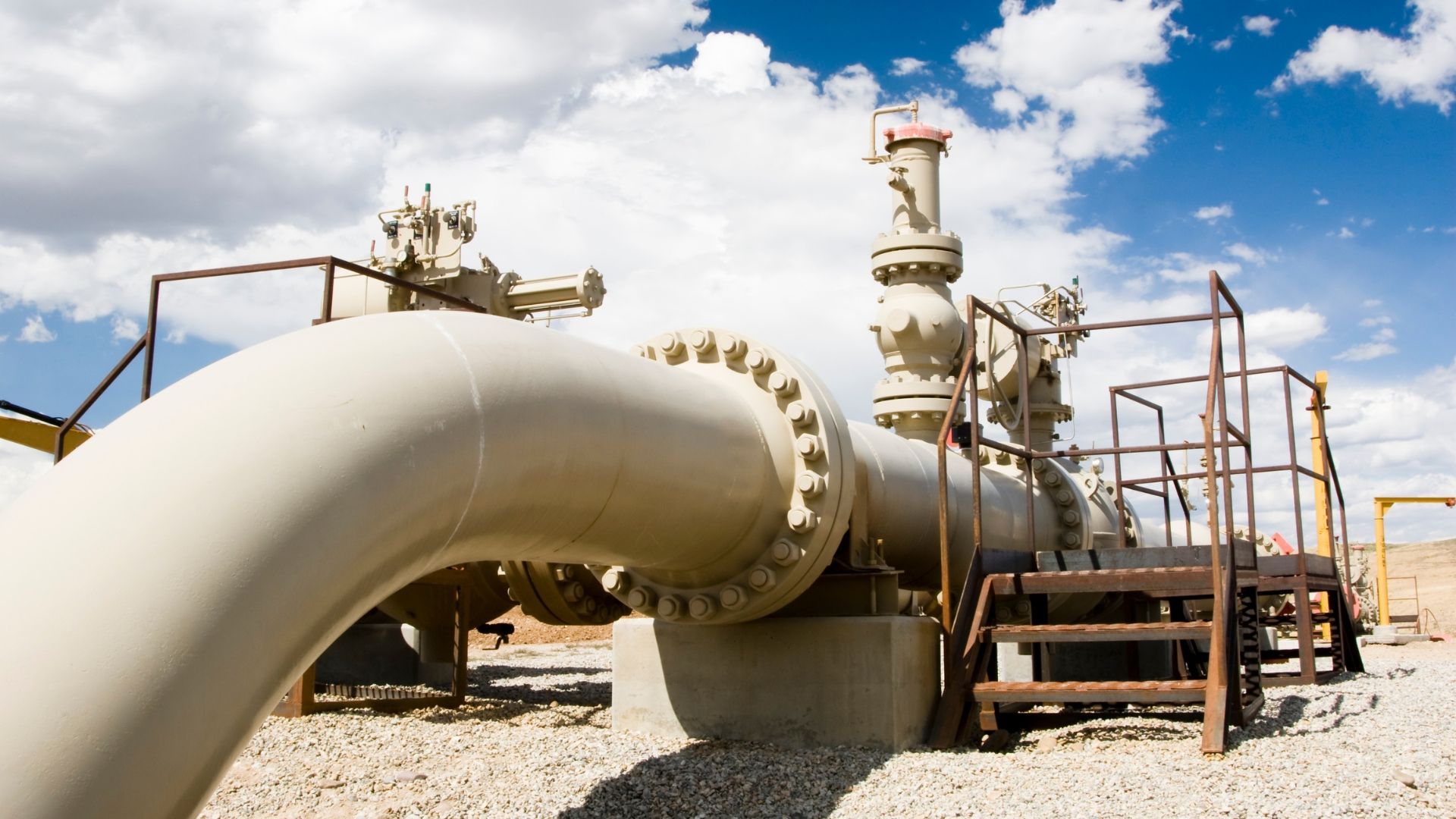Investors are waking up to competition for copper supply as the world electrifies and pivots away from fossil fuels
By Rhiannon Hoyle
ADELAIDE, Australia—Gold miners recently celebrated the precious metal fetching its highest price ever. They are reinvesting much of that windfall in copper.
From central Mexico to the Australian Outback, gold producers led by Newmont NEM and Barrick Gold ABX are raising bets on copper through deals and other investments that will give them more influence over a commodity vital to the global energy transition. Copper is essential for building electric vehicles, wind turbines and solar-power systems.
Barrick is aiming to become “a major-league copper producer” by building an operation in Pakistan and expanding the Lumwana mine in Zambia’s Copperbelt province, Chief Executive Mark Bristow told investors in November. Barrick says the Pakistan project—known as Reko Diq and expected to begin production in 2028—will be among the world’s 10 largest copper mines.
Colorado-based Newmont expanded its copper business by acquiring Australia’s Newcrest Mining for roughly $15 billion in November, while other large gold miners including Evolution Mining and Canada’s Agnico Eagle Mines have done large deals for copper mines recently.
“We’re looking for copper as much as we are gold,” said Jim Beyer, chief executive of Regis Resources, whose geologists are scouring land a few hours west of Sydney.
Copper is often found alongside gold. For years, however, it was largely downplayed by gold-mining executives who often used revenue from the industrial metal to make their gold appear cheaper in financial statements. Gold stocks historically traded at a premium to companies that mined a range of metals.
That is changing as investors wake up to competition for copper supply as the world electrifies and pivots away from fossil fuels. Many gold miners face rising costs, aging pits and community opposition in many places.
“The world is going to have a massive copper deficit within the next decade,” said Tom Palmer, Newmont’s chief executive.
By some estimates, demand for copper will roughly double by 2050. Electric vehicles can use roughly four times as much copper as gasoline-powered cars, while wind- and solar-energy production can also require many times more copper, per megawatt, than producing electricity from fossil fuels.
Still, it may take years for miners’ bets on copper to pay off. Copper prices have fallen by more than 20% since hitting a record high in March 2022. Prices of some other commodities needed for the energy transition have fallen more.
Some of the weakness in copper prices reflects a plateauing in electric-vehicle sales growth in the U.S., and broader concerns around the outlook for the U.S. economy. Some auto companies are delaying plans on electric-vehicle spending, which could weigh on future copper demand.
For South Africa’s Harmony Gold Mining, the purchase of an Australian copper and gold project for up to $230 million is a chance to help smooth the impact on revenue when metals prices swing in different directions. Copper is seen by many as a bellwether of an economy’s health. Gold, on the other hand, often rises in price when the economic outlook darkens and investors want a hedge against inflation and other financial risks.
Gold producers are also contending with some critics questioning their existence. Researchers at the University of Oxford have called for an end to gold mining, highlighting the industry’s challenges with emissions, waste management and water use. They argue there is already enough gold in circulation for technological uses and trading.
Beyer, of Regis Resources, said gold remains the miner’s raison d’être and that he is under no pressure to invest in copper from shareholders, who view the precious metal as a key cog in the global financial system.
Still, Beyer isn’t ignoring the mood music. “Everybody loves renewables and the stories around—as they call them these days—forward-facing metals,” he said.
Gold miners’ appetite for copper adds to fierce global competition for known deposits, but also to the throng of explorers hoping to strike copper. Several global miners, including BHP Group and Rio Tinto, have made copper a priority because of its role in the energy transition.
In one of the boldest bets, Agnico Eagle last year bought half of Teck Resources’ San Nicolás copper and zinc project in Mexico’s Zacatecas state, a colonial-era silver-mining hub. Its $580 million investment marks a sortie into the industrial metal for a miner that today is more concentrated on gold than most.
Ammar Al-Joundi, Agnico Eagle’s chief executive, said he expects the copper project to be extremely profitable for shareholders and that the miner’s share of revenue from precious metals will only fall to about 93% from roughly 99%.
Newmont gets about 10% of its revenue from copper following the takeover of Newcrest, and expects that to rise to 20% or more as it develops planned projects. Roughly 30% of Newmont’s reserves are now in copper.
“You can expect that the value of copper is going to increase, and the importance of copper in the portfolio is going to increase,” said Newmont’s Palmer.
Write to Rhiannon Hoyle at rhiannon.hoyle@wsj.com
Copyright ©2024 Dow Jones & Company, Inc. All Rights Reserved.
Appeared in the January 4, 2024, print edition as 'Copper Attracts Gold Producers'.






